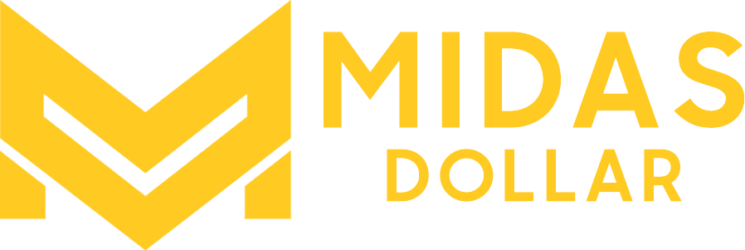
The financial world has been rapidly changing with numerous advancements and innovations; from traditional banking systems, we have moved to digital payments and online transactions. Yet, with new changes comes a new era of decentralization, thanks to blockchain technology. A shining star of this era is the Decentralized Finance (DeFi) sector, especially the Ethereum DeFi ecosystem, which presents a fantastic blend of transparency, security, and efficiency.
Ethereum Groundworks
Ethereum, an open-source blockchain-based platform, has been instrumental in shaping the DeFi landscape. Ethereum’s unique aspect is its capability of creating and executing smart contracts – self-executing contracts with the terms of the agreement precoded into it. Thus, these innovative aspects are like fertile ground for the blossoming DeFi startups paving the way to a decentralized financial infrastructure.
Ethereum DeFi Ecosystem
Ethereum’s DeFi ecosystem majorly consists of applications (often referred to as dApps) that aim to replicate and improve upon the traditional financial systems’ functionality. These can encompass lending and borrowing platforms, decentralized exchanges (DEXs), derivative platforms, payments, asset management tools, and many more.
One example is MakerDAO, a decentralized credit platform on Ethereum that enables users to generate their stablecoin tied to the US dollar value. Another compelling DeFi application is Uniswap, a decentralized exchange protocol that allows for trustless token swapping. Others like Compound offer users the possibility to lend and borrow a variety of cryptocurrencies.
The Ethereal Advantages
Ethereum DeFi holds several advantages. The most significant is that anyone with an internet connection can access financial services. They eliminate the “bankless” situation common in many developing countries where individuals lack access to bank accounts.
Moreover, they bring transparency to financial services as every transaction occurs on the blockchain and is publicly verifiable. This openness reduces the trust issues associated with traditional banks.
Yet, the potential advantages do not come without risks. Issues like regulatory uncertainty, smart contract bugs, and market manipulations create a demand for vigilance within the ecosystem.
Conclusion
The Ethereum DeFi ecosystem is like a nascent star in the world of finance. Though it has already disrupted many aspects of the finance world, its potential is still largely untapped. With further development and overcoming significant challenges, it may lead us into a future where financial transactions are secure, transparent, and accessible to all. However, both investors and users must proceed with caution, keeping an eye out for potential pitfalls in this dynamic DeFi landscape.

